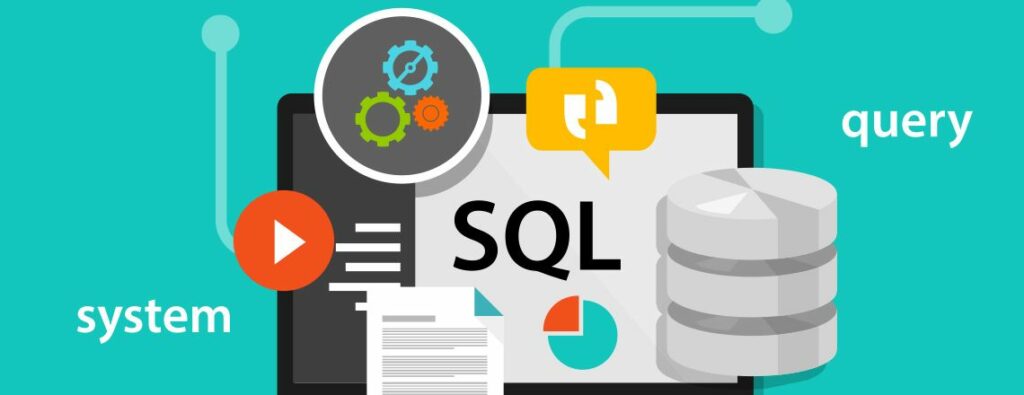
Free eBooks for Beginners
SQL is a powerful language used for managing and retrieving data stored in relational databases. As a data analyst or beginner in SQL, it is important to understand the CREATE TABLE statement. The CREATE TABLE statement is used to create a new table in a database.
A table in SQL is a collection of rows and columns where each row represents a single record in the database and each column represents a field within the record. To create a new table, you need to define the columns and their data types. The data type specifies the type of data that can be stored in the column. For example, the data type could be an integer, date, or string.
To create a table in SQL, you use the CREATE TABLE statement followed by the name of the table and then a set of parentheses where you define the columns and their data types. Here is an example of a CREATE TABLE statement:
CREATE TABLE customers (
customer_id INT PRIMARY KEY,
first_name VARCHAR(50),
last_name VARCHAR(50),
email VARCHAR(255),
created_at DATE );In this example, the table is named “customers”. It has five columns: customer_id, first_name, last_name, email, and created_at. The customer_id column is of data type INT and is defined as the primary key. The primary key is a unique identifier for each row in the table and ensures that no two rows have the same value. The first_name and last_name columns are of data type VARCHAR with a maximum length of 50 characters. The email column is of data type VARCHAR with a maximum length of 255 characters. Finally, the created_at column is of data type DATE, which stores date and time information.
Once you have created the table, you can use other SQL statements to insert data into the table, update data, and retrieve data. By understanding the CREATE TABLE statement and how to define columns and their data types, you will be able to build a solid foundation for working with SQL databases as a data analyst or beginner.
SQL for Beginners and Data Analyst – Chapter 21: CREATE TABLE
 Loading...
Loading...
Disclaimer: The information and code presented within this recipe/tutorial is only for educational and coaching purposes for beginners and developers. Anyone can practice and apply the recipe/tutorial presented here, but the reader is taking full responsibility for his/her actions. The author (content curator) of this recipe (code / program) has made every effort to ensure the accuracy of the information was correct at time of publication. The author (content curator) does not assume and hereby disclaims any liability to any party for any loss, damage, or disruption caused by errors or omissions, whether such errors or omissions result from accident, negligence, or any other cause. The information presented here could also be found in public knowledge domains.